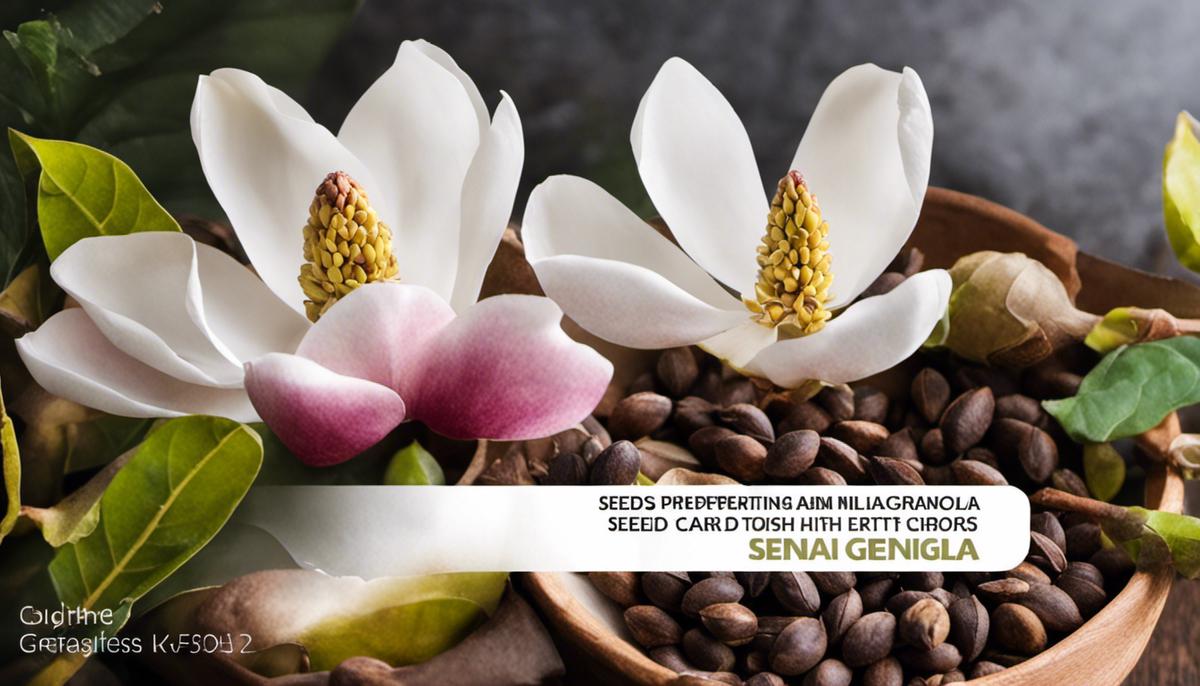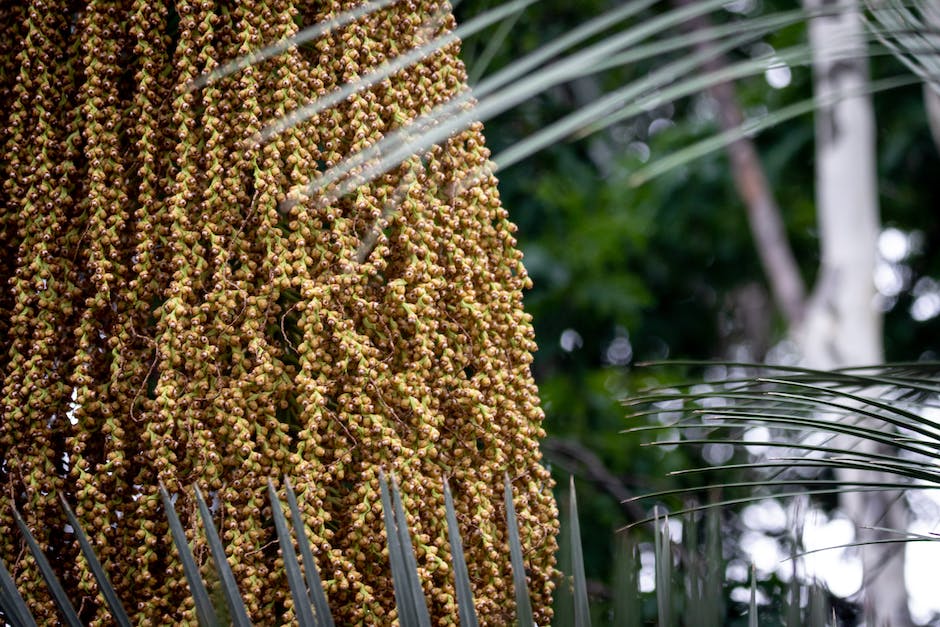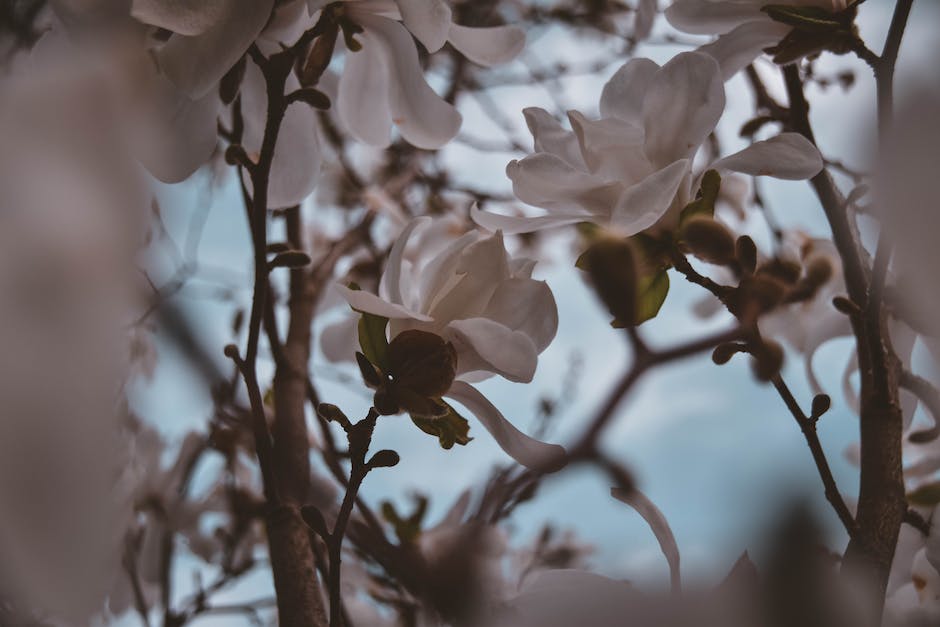How to Cultivate a Magnolia Tree from a Seed

Walk into any neighborhood graced with magnolia trees, and you’ll find yourself captivated by their grandeur and fragrant blossoms. Distinguished by their broad, glossy leaves and bold, beautiful blooms, these unique trees add an essence of elegance and serenity. Growing a magnolia tree from seed is no small feat, but with careful attention and patience, such a feat becomes possible. The journey begins with the process of selecting and preparing the magnolia seeds, which includes choosing ripe seeds, diligent cleaning, and maintaining ideal conditions of humidity and temperature. Understanding stratification, a crucial method for breaking the dormancy of the seeds, is also a key component of the pre-planting phase.
Selecting and Preparing Magnolia Seeds
“Mastering the Art of Magnolia Tree Seed Selection and Preparation.”
Ah, the magnolia tree, an icon of Southern beauty, known for its sumptuous blooms and stately presence. That sense of awe one experiences when laying eyes on a fully blossomed magnolia tree? It’s simply unparalleled in the world of horticulture. But as experienced hobbyists, we know the journey to that sight of grandeur begins with an unassuming yet potent fundamental: the seed.
Let’s dive into the fascinating world of these natural marvels, exploring the best practices for choosing and preparing magnolia tree seeds for optimal growth.
Firstly, selecting the best seeds is crucial to the success of your magnolia-growing endeavor. But what does a superb magnolia seed look like, one asks? Look for seeds that are plump and firm and avoid those that appear shriveled or tarnished. Magnolia seed pods typically mature in late summer or early fall, making that the ideal time to harvest, before the pods fully open and disperse their seeds.
Once you’ve chosen your seeds, let’s move onto the captivating process of preparation.
The magnolia seed is surrounded by a protective hull, a bright red, fleshy coating known as an ‘aril.’ For these seeds to germinate efficiently, a smart hobbyist knows to remove that aril. Simply soak your seeds in water for a few hours, which will soften the hull, making it easier to rub off. Be sure to handle these seeds gently, avoiding any damage to the inner seed.
Next, a process prevalent in the great scheme of seed germination – stratification. This is a method of imitating the natural, winter cold temperatures that many seeds require before they can germinate. So, how do magnolia enthusiasts achieve this, you may ask?
Place your carefully cleaned seeds inside a sealed container filled with damp peat moss, a storage method known as ‘the moist medium method.’ Following which, place this container in a refrigerator set to about 40°F for around three to six months. Regular check-ins to ensure the medium remains damp but not soggy will be instrumental for optimal conditions.
Finally, the grand moment every hobbyist waits for – sowing the seeds! Following stratification, these magical seeds are ready to be sown. They should be planted in a well-draining soil mixture, around an inch deep, under ambient temperatures of 70-85°F. Regular watering, without causing waterlogging, is crucial at this stage for that dream of a fantastic magnolia tree to take its roots and spring to life.
Taking the time and patience to walk through each of these steps is a testament to the commitment required in this fascinating hobby. And the reward? Watching a magnificent magnolia tree grow- a testament to your dedication and love for horticulture. So take delight in the process, fellow hobbyists, as you embark on this extraordinary journey of growing your very own magnolia tree!

Planting and Caring for the Seedling
Once these young magnolia plants have sprouted, there are essential steps hobbyists ought to follow to ensure their healthy growth. Here, we delve into how to plant and care for a magnolia seedling for the best possible growth.
A seedling needs to be transplared into a larger planting pot or directly into the garden. Timing and the appropriate location majorly influence the future health of the seedling. One recommended time for this crucial step is during late winter or early spring, just before new growth starts. Placing the seedling in its new home during this time allows it to adjust and start the growth phase in its permanent environment.
In terms of location for outdoor planting, an area receiving partial to full sun or light shade is the ideal. Magnolias thrive best in a spot that gets morning sun and afternoon shade, as too much direct sunlight could potentially scorch the leaves.
Understanding the nature of magnolia’s roots is also essential in successfully raising a thriving magnolia tree. The root system of this blossoming beauty is wide-spreading and shallow, which makes it susceptible to drying. So, upon choosing the location, ensure that the soil is consistently moist, well-drained, and fortified by organic matter.
Adequate spacing should also not be overlooked. Generally, magnolia’s need spacing similar to their mature width. This gives enough room for their extensive root systems and prevents crowding.
When planting, excavate a hole that is wide and deep enough for the seedling. It should be approx. 2-3 times the width of the root ball, and the depth should match the root ball height. This allows roots to establish more quickly.
After rehousing the seedling, create a nurturing environment by mulberrying it with an organic mulch layer that’s about two to four inches deep. This mulch helps retain moisture, maintain moderate soil temperature, suppress weeds, and gradually add nutrients to the soil.
Watering is a crucial step in guaranteeing the success of the young magnolia’s life. It is advised to water the seedlings deeply once a week to satisfy their major watering requirements. However, during dry, hot periods, increased frequency may be necessary.
Lastly, certain magnolias are finicky about pruning, so this step is generally reserved for removing weak, diseased, or dead branches. Pruning just after the spring blooming period gives the tree the whole growing season to recover and set buds for the following year.
Following these steps, and bearing in mind the time, effort, and love magnolias demand, will result in a beautiful, flourishing addition to any garden. As much as growing magnolia trees can test one’s patience, the breathtaking sight of their first mature blossoms makes it worth every moment.

Managing Pests and Diseases
Moving forward, a major challenge within this hobby of magnolia cultivation revolves around the identification and management of common pests and diseases. Common pests that may pose a threat to magnolia trees include magnolia scale, magnolia weevil, bark beetles, and tuliptree scale. Diseases such as powdery mildew, verticillium wilt, and leaf spot disease can also jeopardize the health of magnolia trees, affecting its vibrant leaves and stunning blooms.
Identification becomes the first key to managing such threats, as reacting swiftly can lead to a quick resolution and mitigate any lasting damage. For instance, magnolia scale – a group of soft-bodied insects feeding on tree sap – can be identified by a sticky black substance known as sooty mold on the tree’s leaves. Similarly, magnolia weevils leave behind distinctive circular holes on the leaves, while bark beetles create small vertical tunnels in the tree’s bark.
Diseases like the powdery mildew present themselves as white or gray powdery spots on leaves and stems. A common fungal disease, it typically thrives in humid conditions and often occurs when the tree is wet for prolonged periods. Verticillium wilt, on the other hand, causes significant leaf loss and wilting, and may even result in sudden tree death. Leaf spot diseases tend to manifest in various ways, with hints ranging from yellow or brown spots to ring-pattern lesions on the leaves.
Once pests or diseases are recognized, their management ensues – a process varying depending on the specific threat. For many pests such as scale or weevil, horticultural oils or insecticides may prove effective when applied at the right lifecycle stages. Ensuring overall tree health can discourage bark beetle infestation, and if necessary, insecticides can address severe cases.
For diseases, one has to foster an environment that curbs their outbreak. Addressing powdery mildew might involve pruning to increase air circulation, reducing overhead watering, or using an appropriate fungicide. Facing verticillium wilt, however, requires a complete removal of the affected tree as there is unfortunately no specific remedy for this fungal disease. Leaf spot diseases often improve without treatment but severe cases may need a fungicide application.
Finally, remember that prevention tends to be the best management strategy. Regular inspections, maintaining tree health, and proper sanitation can work wonders in protecting magnolia trees from these pests and diseases.
So, fellow magnolia enthusiasts, be alert and don’t let pests or diseases ruin the magnificence of your magnolias. Your diligence and efforts will pay off with a glorious tree, a true testament to your nurturing green thumb.

Over time, you should see your efforts rewarded as the magnolia tree matures day by day, radiating beauty in your garden space. Cultivating a magnolia tree from a seed illustrates that with the right knowledge and diligent care, we can nurture life from a tiny seed into a magnificent tree. Key to this success is understanding the tree’s preferred conditions for growth, the possible threats posed by pests and diseases, and effective management strategies. With this comprehensive guide on growing a magnolia tree from seed, you hold in your hands not just seeds, but potential masterpieces of nature.



